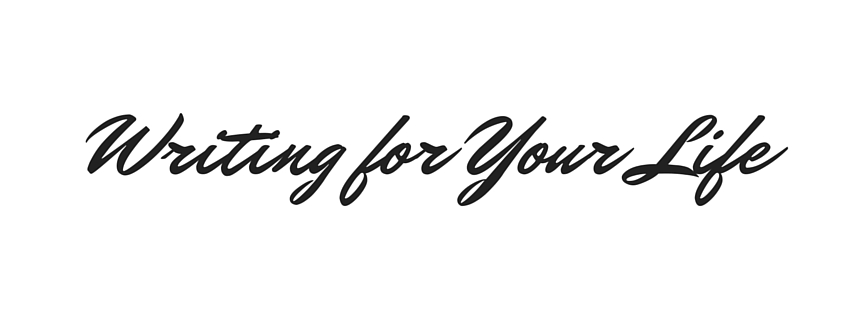Here is Mark Schaefer’s second of the three rules for creating effective social media content, from his book “Known”:
Rule #2: Answering and Insights
A great way to begin your content journey is to start with answers and end with insights. Let’s unpack that idea.
If you’re in a niche without much competition, an easy way to begin creating content is to brainstorm every question you can dream of related to your sustainable interest, and then answer them through a blog, video, or podcast. This is an effective way to dominate an uncontested niche and possibly attract search engine attention through “hygiene” content, which I explain in the previous chapter.
Here’s a trick to get you going: Go to a website called AnswerThePublic.com. On this site, you enter keywords and it delivers questions people are typing into Google about that topic. Essentially, it’s a content idea generator!
Answering customer questions is a solid strategy for beginners, but it’s not ideal in every situation, especially in a more crowded content niche. In that situation, you need to focus on insights instead of just answers.
For example, I often write on the topic of marketing strategy. I consulted with AnswerThePublic.com and found that a popular topic for me would be “Why Social Media is Important.” I Googled this phrase and got 255 million results. That’s an incredibly saturated topic. If I were to write a blog post to answer that question, I would only be contributing to the noise!
For me to become known in that information-dense environment, I’d have to do something bold, like offer “hub” content – case studies, opinion pieces, research insights, and strategies you won’t find anywhere else.
An advantage of hub content is that it’s more likely to keep readers (or viewers) on your site. With hygiene content, after people get an answer to their question, they leave your site and go back to their lives. Hub content is more likely to attract readers who will stay and look around to learn more. Here are three individuals becoming known by pushing beyond the ordinary question/answer format:
- Mimi Thorisson became a celebrity in the highly competitive world of food blogging by combining astonishing photography, art, and recipes in a blog called Manger (French for “to eat”). Her consistent and beautiful work has led to a television show, book, and speaking appearances.
- On the site IQuantNY, statistician Ben Wellington tells stories of what public data means to citizens of New York. His blog provides fascinating revelations about the city’s budget, sewage, parks, and nightlife, among other topics. The popular blog has helped propel his career as an educator and analyst.
- Momastery is a mommy blog about “unleashing the sister warrior.” Blogger Glennon Doyle Melton brings her extraordinary heart, humor, and bravery to her storytelling, which she has leveraged into best-selling books and a successful speaking career.
Answering questions is a great place to start, but consider adding bolder and more insightful types of content over time to grow your actionable audience.
